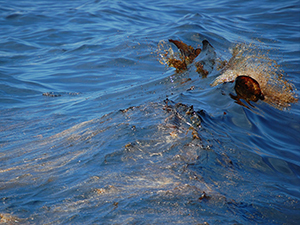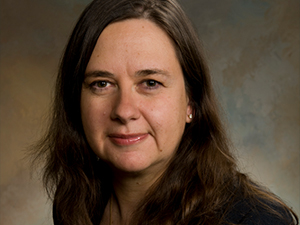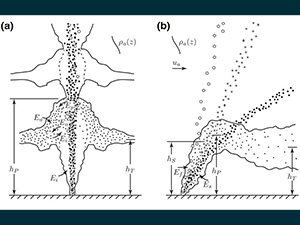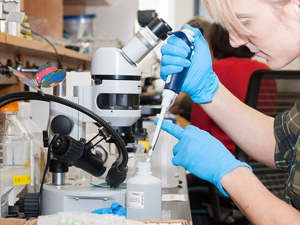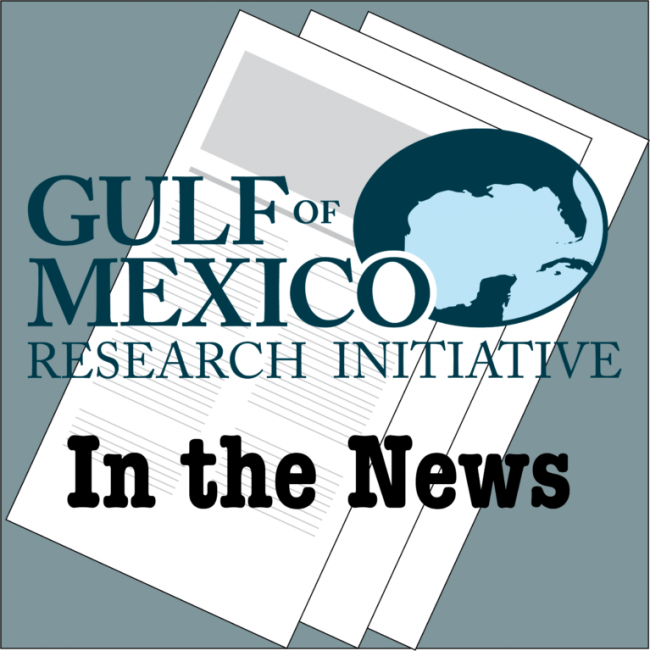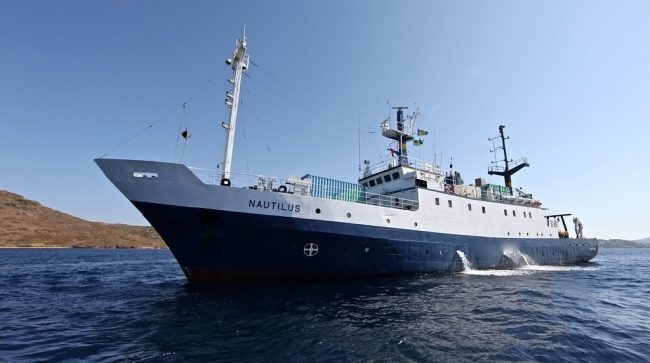Study Ranks Parameters in Oil Biodegradation Models and Quantifies Dispersant Effects
Scientists compared oil biodegradation model parameters and ran simulations to understand the relative importance of variables that affect predictions for oil fate from a deep-water release.

